See the Top-Secret Lab Where Google Designs Its Home Products
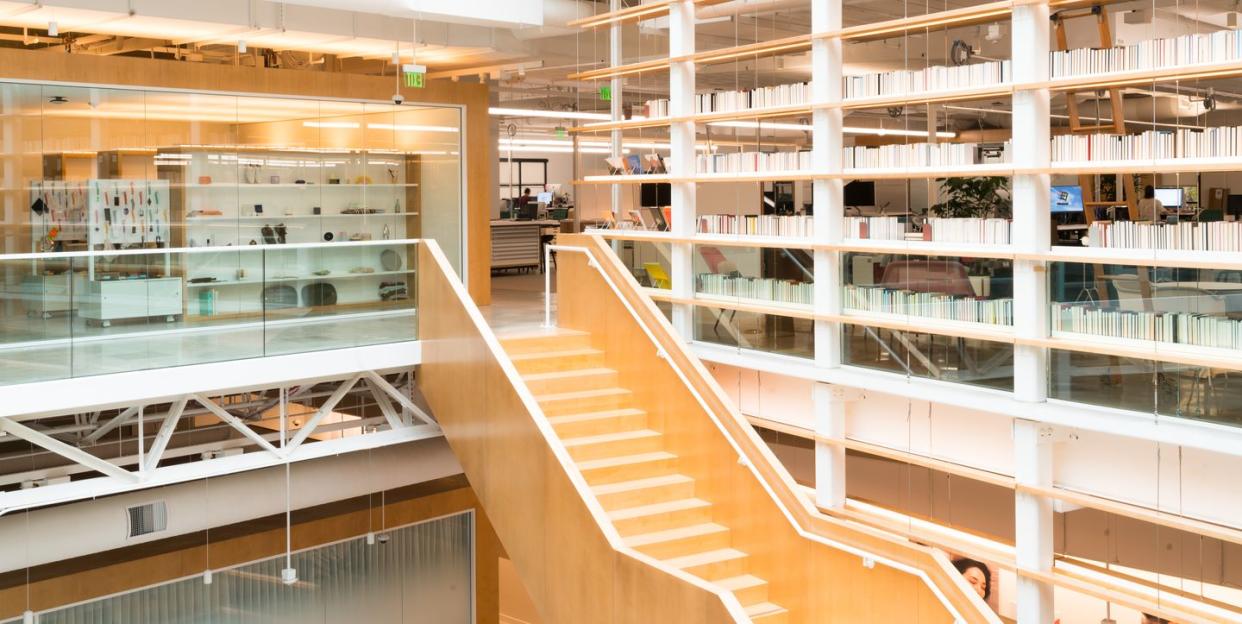
Since last summer, rumors have been flying around about a top-secret new Google design lab on the site of the former LinkedIn campus in Mountain View, California. Turns out the rumors are true, and in recent weeks, Google has begun sharing images of the space with the world. You still need a high security clearance to enter its premises: Only 150 designers have access to its riches, which includes a color lab, a textile room, and a striking birchwood staircase leading to a library filled with actual—not virtual!—books. ELLE Decor talked to Isabelle Olsson, the director of design for Google Home Products, about the lab and some of the hush-hush products being developed there for the residential market.
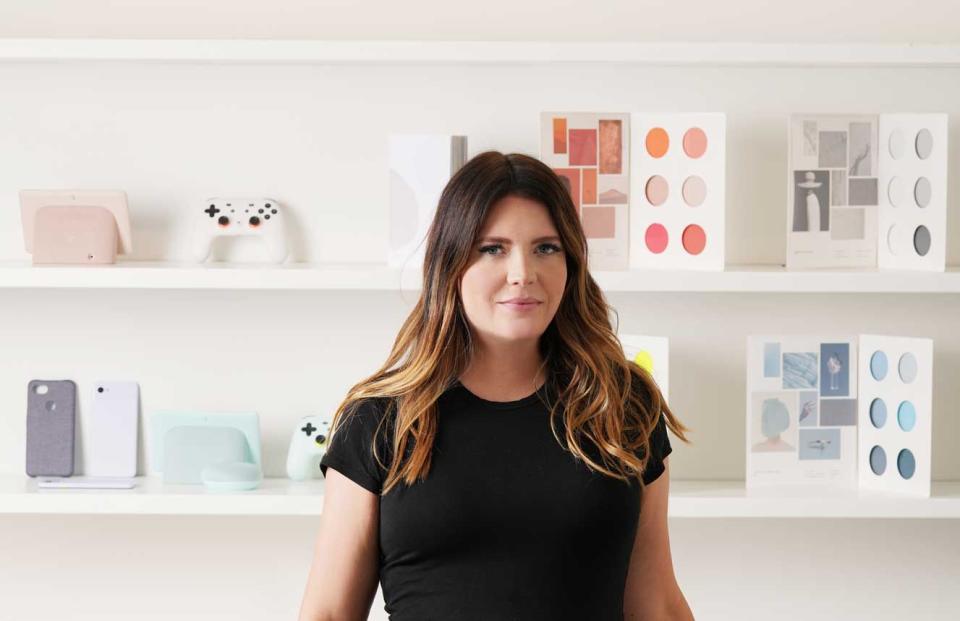
ELLE Decor: What is Google’s design lab, and why is it so top-secret?
Isabelle Olsson: It’s a 70,000-square-foot workspace for Google’s team of designers, including industrial designers, UX designers, artists, sculptors, and more, to create future products.
How is the design of the lab different from other spaces at Google? Did the staff have input?
Yes, we worked closely with the architects, Mithun, to build the ultimate creative workspaces for our design team. The color and material labs are strategically located right next to a big skylight, so we can look at our colors, materials, and finishes in actual daylight. And we designed cabinets to hold color samples, custom resin chips, and inspiration objects. We can simulate all sorts of lighting conditions, such as incandescent, LED, outdoor, retail, and more. The color palette of the lab is mainly a white canvas with soft natural-wood accents.
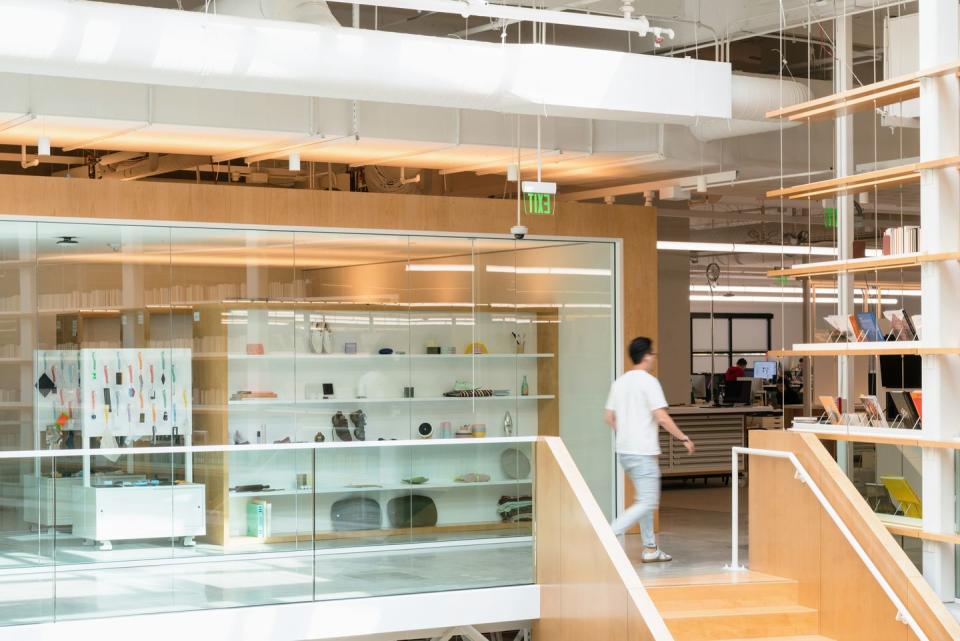
What happens in the color lab?
It’s where we develop all the colors and finishes for the Made by Google hardware portfolio. We collect and display materials such as books and magazines, but more important, it’s where we keep a collection of inspirational objects from all over the world. These are pieces that our designers curate—everything from a beautiful pink stone found on a Pacific beach to soap bars from Japan or a Danish candleholder. When we design products for the home, instead of making digital mood boards, we rely almost solely on physical mood boards, and these real objects inspire new finishes. We have shelves displaying these beautiful objects next to our previously launched products to make sure the new complements the old.
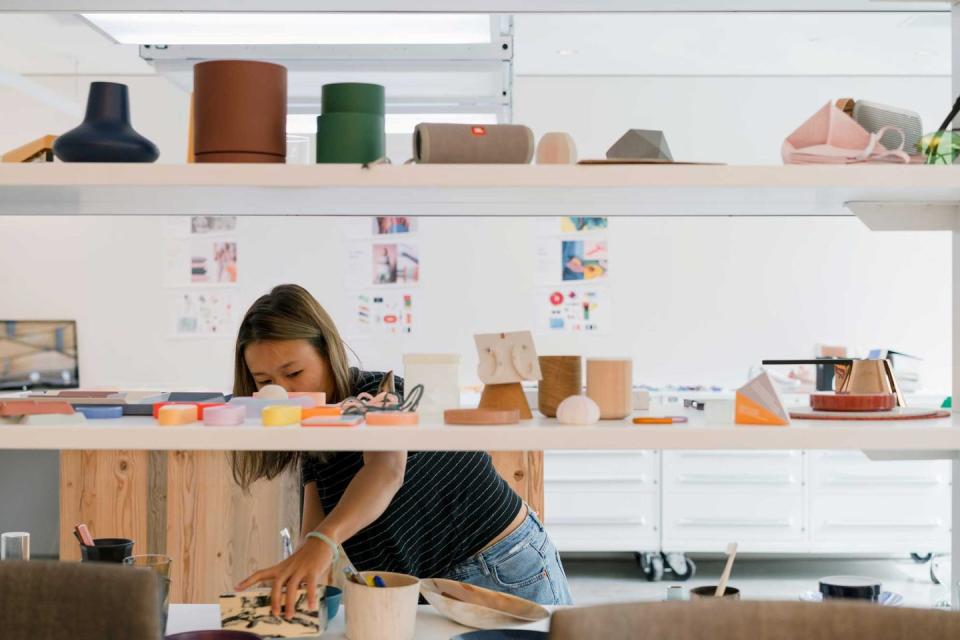
There is also a materials lab with more than 1,000 swatches. Are they traditional fabrics, like the ones we use in our homes, or are they mostly high-tech?
Yes, they are traditional! One of our key design principles is the context in which our products live, so an important source of inspiration for our home products is traditional upholstery textiles for pillows and other home furnishings. Of course, when we design the actual textiles for our products, we have a lot of technical requirements to meet, but we always start with elements that we believe belong in the home. I think some of the most successful and beautiful products come from balancing the new and the old, the unfamiliar with the familiar.
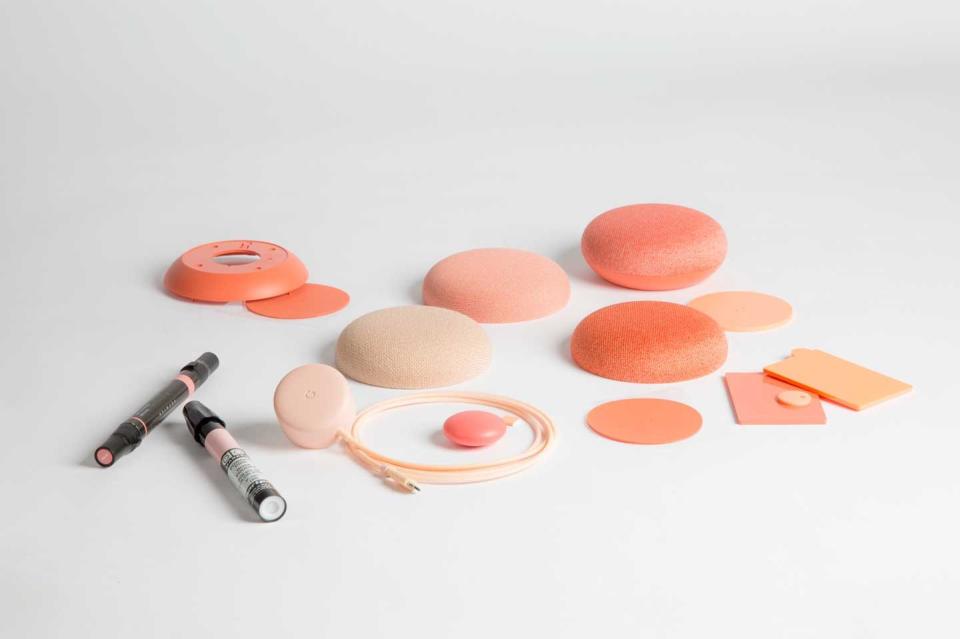
A library filled with actual books is an unexpected resource in a tech studio.
At a time when there is so much focus on digital, we believe that people really crave tactility, and so do we as designers. The importance of sitting down with a beautiful book and just letting your mind wander is key to our process, whether you’re inspired by the scent of the paper or the visual stimulation of the images. This nourishes creative thinking much more than sitting in front of your computer searching for an image. You have to know what you’re looking for.
I’ve heard about the “human refueling stations” in the design lab, where you can lie down and refuel your creativity. True?
Yes, the Design Lab has Tune Studio beds, which help users recharge—they use a mix of music, frequencies, and vibrations to help you reach a meditative and creative state.
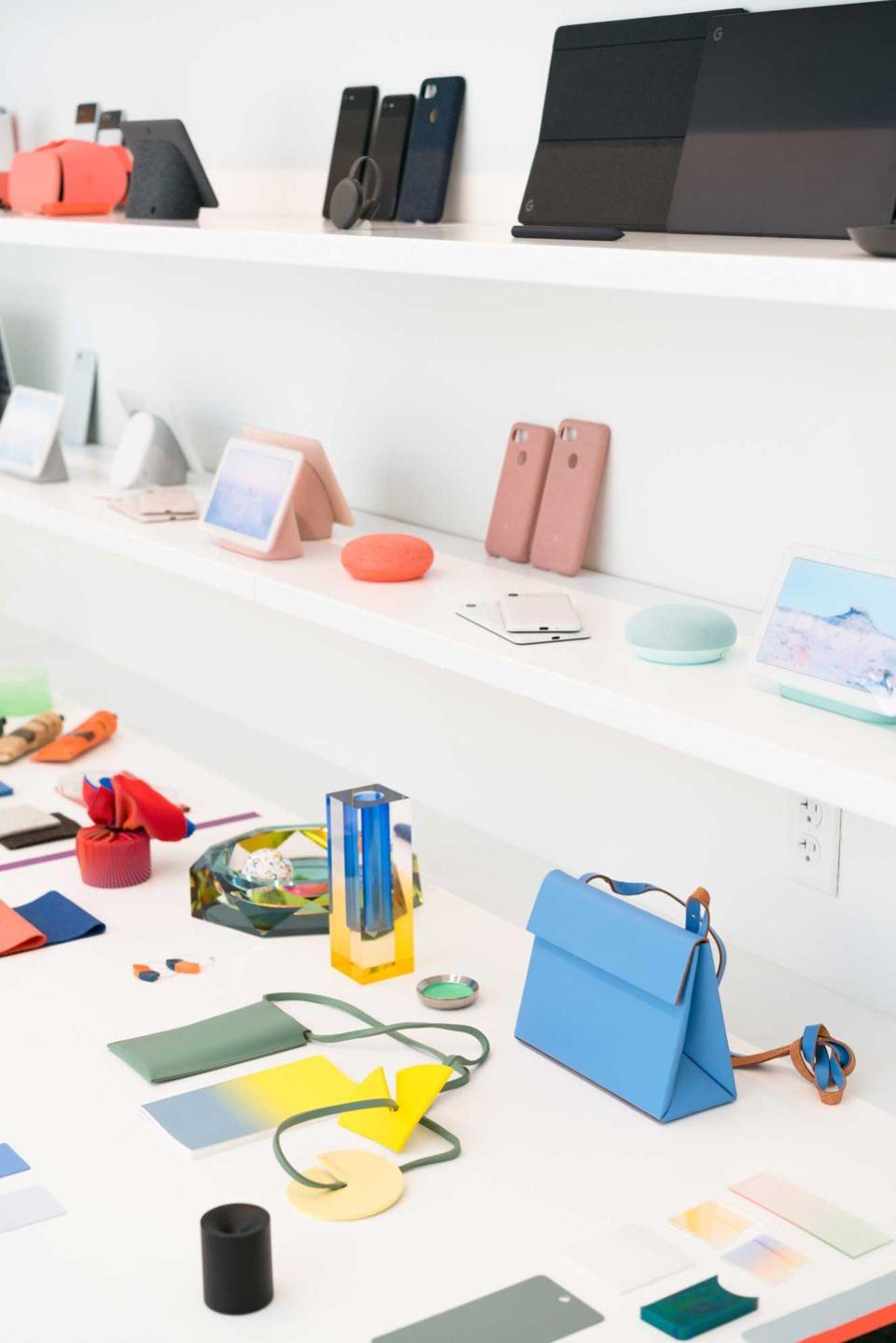
As the lead designer for Google’s Nest line of products, how much do you look to the world of decor for inspiration?
The world of interiors is the biggest source of inspiration for our designs. We really believe that our products are there to complement, blend in, and not stand out. Every year our team travels to the Milan Furniture Fair to make sure we have a pulse on what’s going on in the world of interior design. In the last couple of years, we’ve also had two opportunities to exhibit in Milan: Our first exhibition was “Softwear” in 2018, and this past year we exhibited “A Space for Being,” in which we partnered with scientists to show how design impacts our well-being.
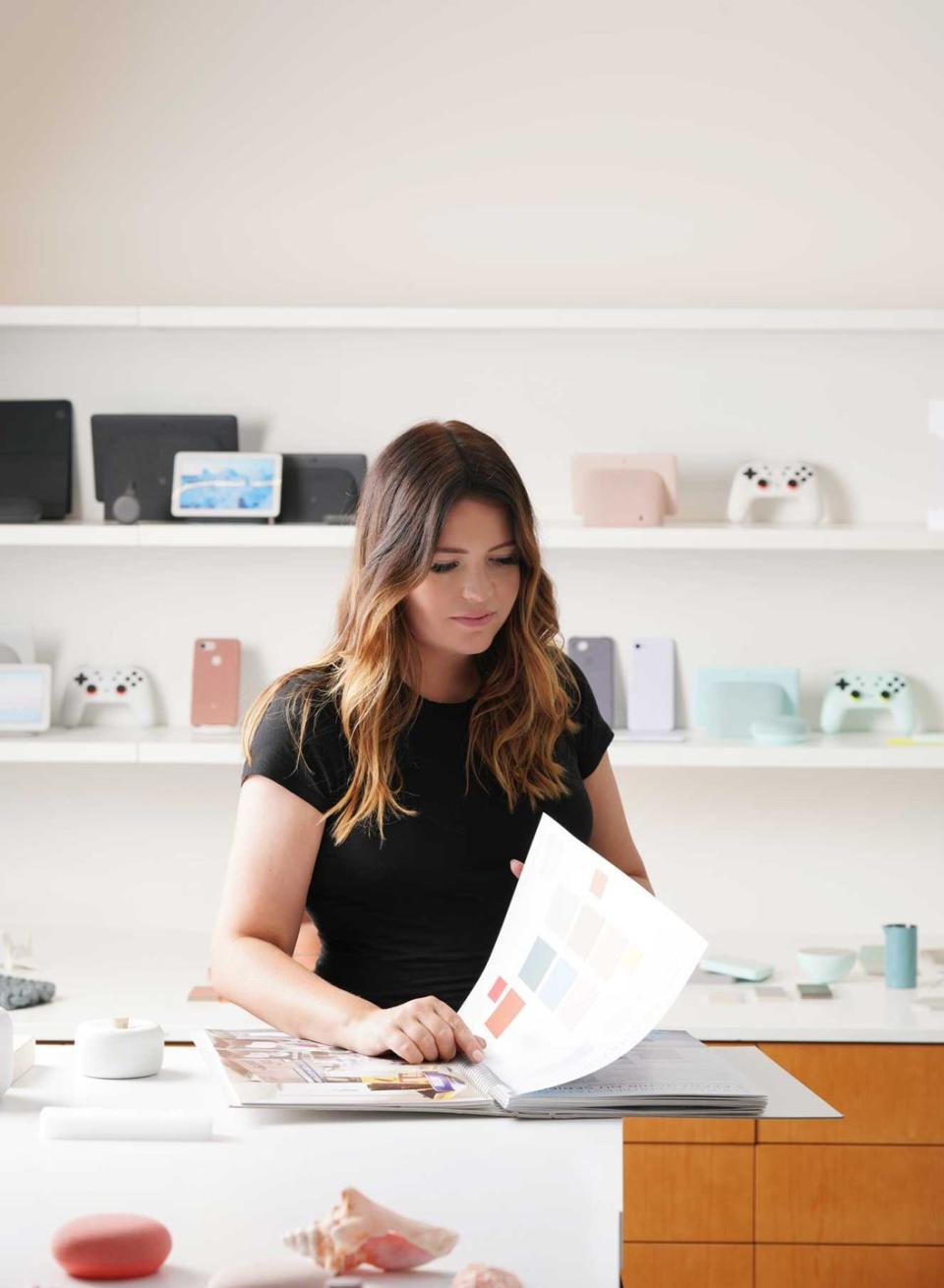
What Google products for the home are being developed at the design lab, and why is the environment conducive to that kind of creation?
Our entire portfolio of Made by Google products is developed in the design lab. Our studio is within a workplace, but we’ve tried to design the spaces to feel warm, like living rooms, and surround ourselves with things that are more akin to objects you’d find in someone’s home. One example: Our table for design reviews is an old Saarinen table from the 1960s. We also bring our prototypes home to make sure they work well in different kinds of interior spaces, places, and lighting conditions.
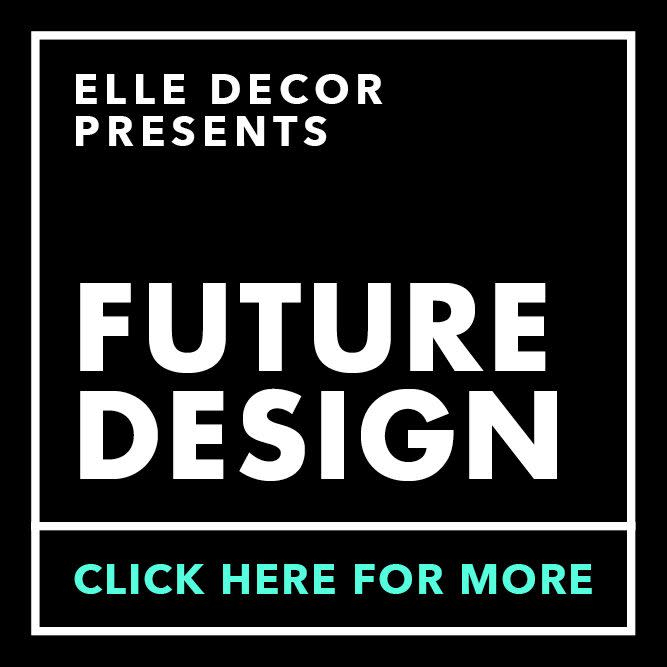
Who in the design world inspires you?
Lidewij Edelkoort has been one of my biggest sources of inspiration since I started design school. She has predicted some of the biggest trends and movements in design. We’ve worked with her on a couple of exhibitions, including “Softwear,” as well as an upcoming exhibit at Designart Tokyo. What stands out to me about her work is her process and trust in her intuition. The Bouroullec brothers also inspire me. They have such a great sense of color and proportion. I was also very impressed with the Flos exhibition this year in Milan.
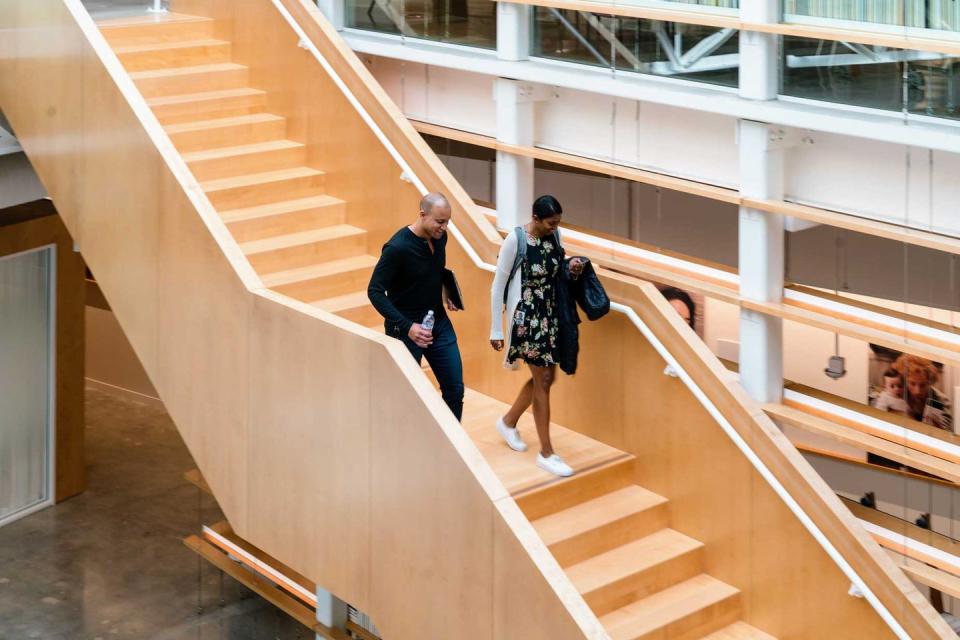
My fantasy home-tech product would be a wireless lighting system that illuminates my outlet-free closet. What’s yours?
I’m lucky that I get to work on my fantasy products for the home already, but I’m with you on the wires. If someone could come up with a solution that allows us to get rid of wires and outlets in the home, that would be amazing.
You Might Also Like

